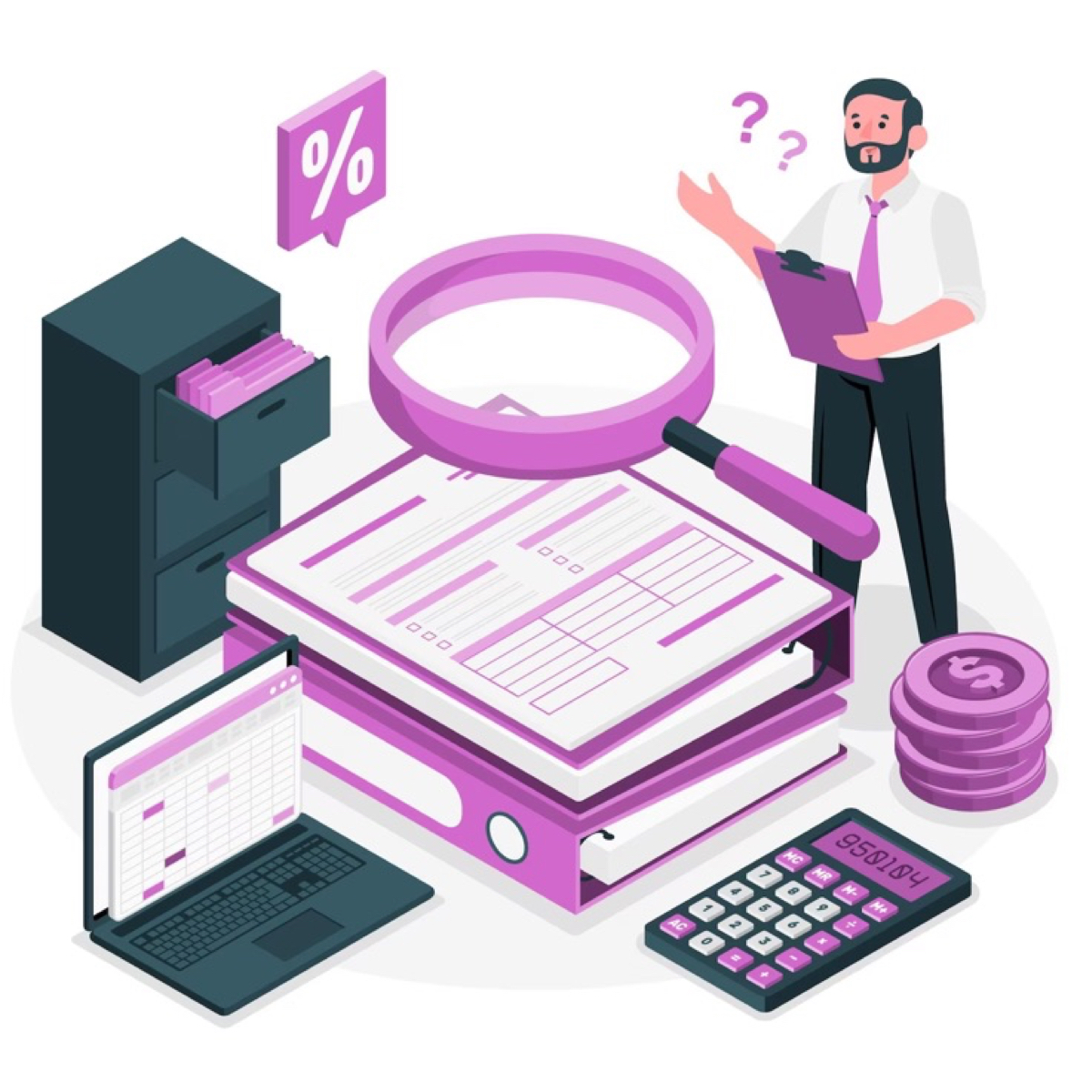
31 Jul The Amazing Evolution of Payroll Systems
The Evolution of Payroll Systems: From Manual to Automated Processes
The business world has always been a canvas for constant change and advancement, and payroll systems are no exception. Payroll, the process by which employers pay employees for the work they have done, has evolved dramatically over time. From manual bookkeeping to sophisticated digital solutions, the shift has not only transformed the way businesses operate but also has had significant effects on efficiency, accuracy, and compliance.
The Early Days: Manual Payroll Systems
In the early days, payroll was a manual process that required physical calculations and paperwork. Businesses kept a ledger to track employee hours, calculate wages, deduct taxes, and issue paychecks. This process was not only time-consuming but also error-prone due to the potential for calculation mistakes or data entry errors.
Compliance with tax laws was also a significant challenge because it required staying abreast with ever-changing local, state, and federal tax regulations. Consequently, these manual systems required a considerable investment in terms of time and human resources, often leading to inefficiencies and inaccuracies that could prove costly.
The Advent of Computerized Payroll Systems
The advent of computers in the business world brought a significant shift in payroll management. The 1960s and 1970s saw the introduction of computerized payroll systems. These systems provided more accuracy compared to their manual counterparts and reduced the time spent on calculating and processing payroll.
However, these early computer systems were not without their drawbacks. They required substantial investment in hardware, software, and personnel training. Furthermore, they still relied heavily on manual data entry, which meant they still carried a risk of human error.
The Arrival of Payroll Software
The late 20th century and early 21st century witnessed the birth of payroll software. With advances in technology, payroll software became widely available and more affordable for businesses of all sizes. These software solutions automated many aspects of the payroll process, including time tracking, wage calculation, tax deductions, and paycheck generation.
Beyond reducing the time and error associated with manual data entry, payroll software improved regulatory compliance by automatically updating tax tables and regulations. They also offered detailed payroll reports, which aided strategic decision-making.
Cloud-Based Payroll Systems and Automation
Today, cloud-based payroll systems represent the cutting edge of payroll technology. These systems are entirely online, allowing for real-time access from anywhere, anytime. They further reduce the time required for payroll processing, increase accuracy, and enhance security.
In addition, they are typically offered as a service (Software as a Service or SaaS), meaning that businesses can leverage advanced payroll capabilities without the need for significant capital investment in IT infrastructure. The latest systems also incorporate automation and artificial intelligence, streamlining payroll even more by automating tasks like tax filing and benefits administration. Know more about ClockIt payroll software.
The Future: AI and Blockchain
Looking forward, emerging technologies such as artificial intelligence (AI) and blockchain are poised to revolutionize payroll further. AI can analyze vast amounts of data to identify trends, make predictions, and provide insights, allowing for more strategic payroll decisions. Blockchain technology, with its secure and immutable nature, can ensure secure transactions and maintain transparent and verifiable records, enhancing trust in payroll systems.
For instance, ClockIt uses AI for facial recognition and clock in clock out users.
Conclusion
The evolution of payroll systems from manual to automated processes represents a major leap forward for businesses. By increasing efficiency, reducing errors, and ensuring compliance, modern payroll technologies are saving businesses considerable time and money. However, as with any technological advance, these systems bring new challenges, such as the need for ongoing training and the importance of cybersecurity. Therefore, businesses must keep up with these advancements to leverage their full potential while mitigating associated risks.




